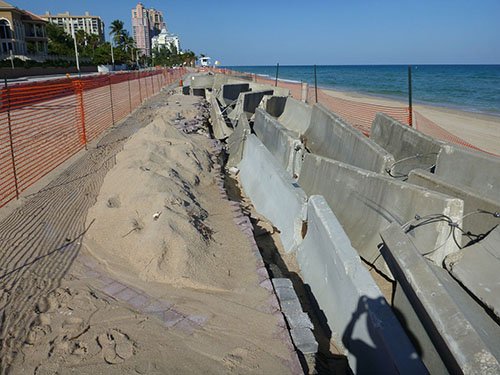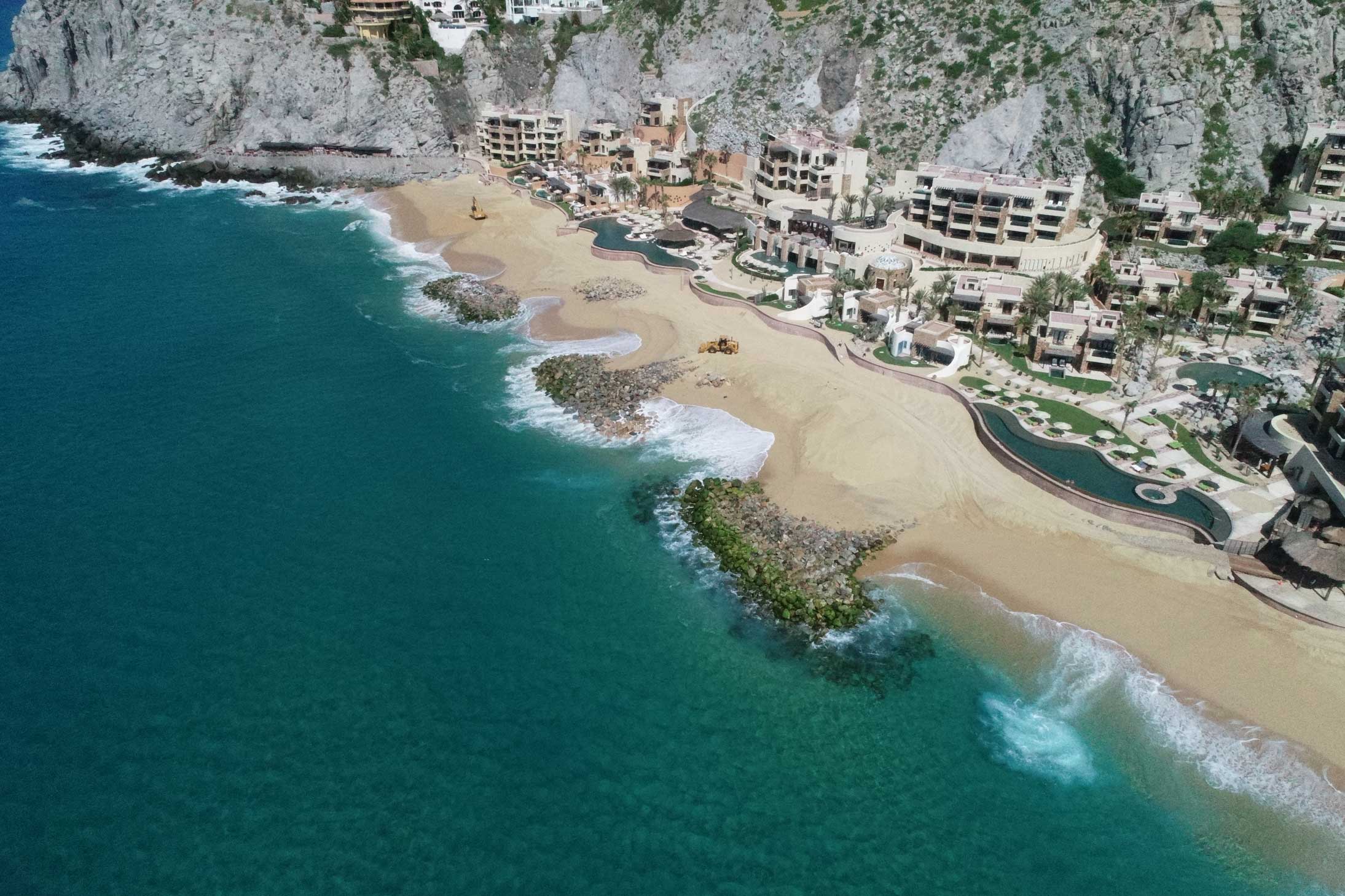Some Ideas on Shore Protect Team You Need To Know
Table of ContentsThe Ultimate Guide To Shore Protect TeamShore Protect Team Things To Know Before You Get ThisSome Known Details About Shore Protect Team Shore Protect Team Fundamentals ExplainedShore Protect Team for DummiesNot known Facts About Shore Protect Team
Living coastlines utilize all-natural materials such as plants, sand, rock, or oyster shells. They supply ecological advantages, consisting of producing habitat for wild animals and filtering pollution from the water. With time, living coastlines can end up being a lot more stable as plants and root systems grow and establish. They are generally low-maintenance and tend to cost much less than hard coastlines, for both installation and upkeep.They normally provide very little to no ecological benefits. dock and bulkhead construction. Hard shorelines tend to deteriorate over time because of wear and tear from waves and storms, and they can incur higher upkeep prices if they need considerable repairs.
Shore Protect Team Fundamentals Explained


Planting indigenous greenery like dune grass is an effective approach to coastline disintegration control. The friction prevents wind from openly surprising the sediments that compose dunes. In locations where sand has already been drastically deteriorated, sand replenishment is a viable method for reconstruction. Reef protect coastlines by acting as a barrier for waves and unstable currents along with obstructing ship access.
The Only Guide for Shore Protect Team
They limit the transport of shoreline sediment by recording the longshore present and are developed to shield long stretches of land from disintegration. Debris that is cleaned down the shore is accumulated on the updrift side of the structure. Breakwaters are frameworks built parallel to the shore that "break" waves, lowering the influence on the prone sediment of the shoreline.
Made from rock and debris, breakwaters are usually submerged undersea yet in some cases can be seen from above. affordable bulkhead. This interruption of waves lessens the extent of shoreline erosion. Seawalls, likewise understood as keeping wall surfaces, play a substantial function in beach restoration. Traditionally made from hard materials like rock, timber, and concrete, they safeguard versus storm surges and are commonly made in emergencies as a result of their effectiveness and fast building.
The Shore Protect Team PDFs
Dunes are sand tanks that act as barriers against wind and water to keep shorelines undamaged. Because sand is such a light-weight material, it is quickly blown or purged away by wind and water.
International climbing water level present a threat to dune throughout the world, yet TrapBag can minimize disintegration by reinforcing the dunes at their core and securing dunes from low-lying wind gusts. TrapBag can be made use of to create seawalls and various other coastline disintegration defense structures. Coastline erosion control demands sturdy products that will not pave the way in the face of heavy wind and rough waves, and TrapBag's high-strength textile design fits the bill.

The Ultimate Guide To Shore Protect Team
Makes certain conformity with Georgia's Coast Protection Act, regulating tasks near dunes and beaches. Works with government, state, and regional agencies to enforce ecological legislations and policies. https://devpost.com/shoreprotectteam?ref_content=user-portfolio&ref_feature=portfolio&ref_medium=global-nav. Offers support to residential or commercial property proprietors, designers, and neighborhood federal governments on regulatory needs. Locate answers to usual concerns about coastal licenses, revocable licenses, and other essential details.
If you are planning any construction or activity in or near salt marsh in the State of Georgia, you should contact our workplace for an administrative resolution and to learn if you need a CMPA permit for your project. The Coast Security Act (HEALTH FACILITY) regulates activities and frameworks in administrative beach and shore areas.
Since 1982, the North Carolina Coastal Federation has worked to secure and restore the coastal water high quality and environments of North Carolina. We engage people from all strolls of life, both citizens and site visitors, who are devoted to protecting the North Carolina coastline for existing and future generations. Whether you live and service the coastline, see from time to time, or simply imagine walking along our stunning coastlines, the wellness of your world depends on healthy and balanced seas and seaside communities.
The 7-Second Trick For Shore Protect Team
We involve people from all profession, both homeowners and visitors, to assist us protect and bring back the coastline for current and future generations. is the Federation's award-winning, day-to-day, news service covering the ecological information of the North Carolina coast. Coverage includes science innovations, government, and regulative actions, and education and learning, along with the atmosphere, society, and background of the state's 20 coastal regions.
Editorial decisions are made independently of the author and any type of various other individuals or rate of interests. Released in 2012, Coastal Review has belonged to the North Carolina Press Association because 2015. In 2021, journalism association acknowledged Coastal Evaluation with a first-place award for civil service, in addition to a first-place award for appearance and layout and second-place awards for neighborhood insurance coverage and general quality.